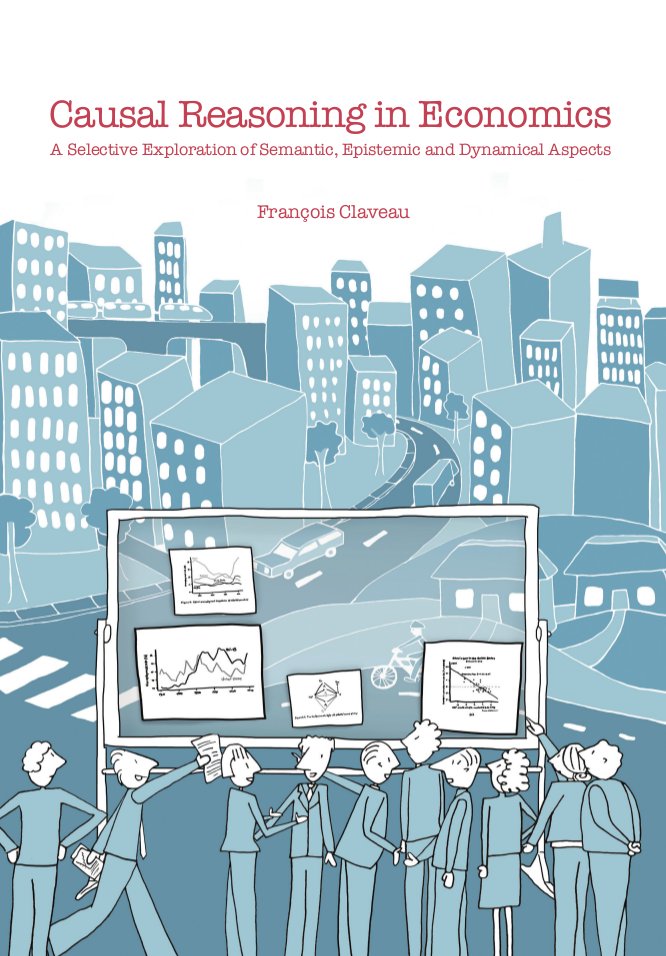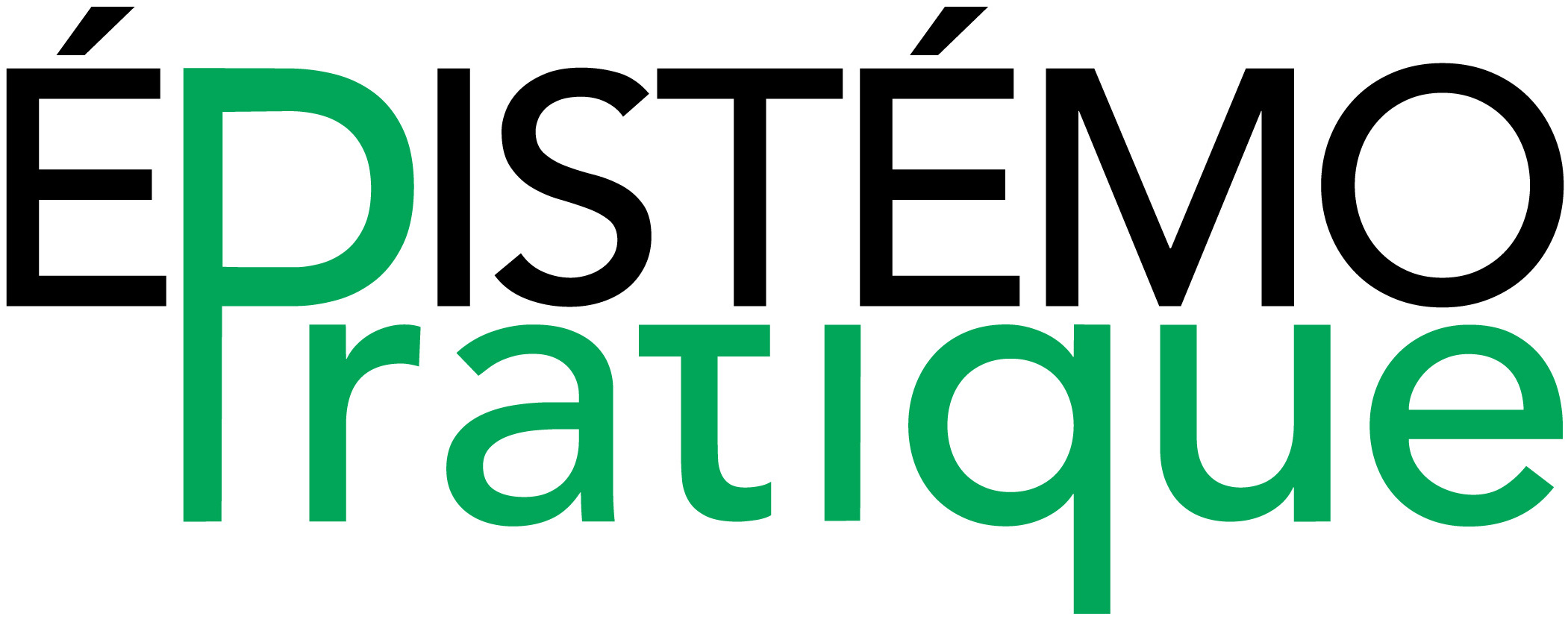Justification by Evidence Amalgamation | Page 2
Justification by Evidence Amalgamation in the Social Sciences: Reliability Conditions
We frequently attempt to justify a proposition by putting together a heterogeneous set of evidential elements. As the argument typically goes, each element taken individually is probably not sufficient to justify the proposition, but the combine strength of the set should be. The first part of this research project is a formal Bayesian inquiry to […] Read more
Epistemic Contributions of Models: Conditions for Propositional Learning
Abstract This article analyses the epistemic contributions of models by distinguishing three roles that they might play: an evidential role, a revealing role and a stimulating role. By using an account of learning based on the philosophical understanding of propositional knowledge as true justified belief, the paper provides the conditions to be fulfilled by a model in order to play a […] Read more
The Independence Condition in the Variety-of-Evidence Thesis
Abstract The variety-of-evidence thesis has been criticized by Bovens and Hartmann. This article points to two limitations of their Bayesian model: the conceptualization of unreliable evidential sources as randomizing and the restriction to comparing full independence to full dependence. It is shown that the variety-of-evidence thesis is rehabilitated when unreliable sources are reconceptualized as systematically biased. However, it turns […] Read more

Causal Reasoning in Economics: A Selective Exploration of Semantic, Epistemic and Dynamical Aspects
This content is not available in the selected language. Read more
The Russo-Williamson Theses in the Social Sciences: Causal Inference Drawing on Two Types of Evidence
Abstract This article examines two theses formulated by Russo and Williamson (2007) in their study of causal inference in the health sciences. The two theses are assessed against evidence from a specific case in the social sciences, i.e., research on the institutional determinants of the aggregate unemployment rate. The first Russo–Williamson Thesis is that a causal claim can only be established […] Read more
The Independence Condition in the Variety-of-Evidence Thesis
This content is not available in the selected language. Read more
Evidential Variety as a Source of Credibility for Causal Inference: Beyond Sharp Designs and Structural Models
Abstract There is an ongoing debate in economics between the design-based approach and the structural approach. The main locus of contention regards how best to pursue the quest for credible causal inference. Each approach emphasizes one element – sharp study designs versus structural models – but these elements have well-known limitations. This paper investigates where a researcher […] Read more
Causal Inference about Macro Social Phenomena: What Makes Inference Credible?
This content is not available in the selected language. Read more
Multiple Evidential Sources in Economics: Consensual Unemployment Policies by Triangulation
This content is not available in the selected language. Read more
Causal Claims for Unemployment Policy: Weak Evidential Elements, Strong Evidential Set?
This content is not available in the selected language. Read more

